Iraq, with its history spanning more than 7,000 years, is a land that bears the traces of some of the most influential civilisations of antiquity. Through its museums, you can learn more about the Sumerian, Babylonian, Assyrian empires, and the peoples who inhabited and shaped this region. In this blog, I will share my experience of visiting four major museums in Iraq: the National Museum of Iraq, Basrah Museum, Sulaymaniyah Museumand the Baghdadi Museum, each with a unique identity that highlights the cultural richness of the country.
1. National Museum of Iraq: A Journey to Ancient Mesopotamia
The National Museum of Iraq, located in Baghdad, is one of the most important museums in Iraq and in the world. Inaugurated in 1926, the museum houses an impressive collection of more than 28 galleries that traces 7,000 years of the region's history. Among its most outstanding pieces are fragments from the Ishtar Gate, one of the wonders of ancient Babylon, originally built during the reign of Nebuchadnezzar II in the 6th century BC. Fragments of Hammurabi's Stele famous for containing one of humanity's oldest legal codes, dating back to the 18th century BC. The Statue of Gudea of Lagash is one of the highlights of the museum. Gudea was a ruler of Lagash, an ancient Sumerian city, and these statues represent the leader in a calm and reflective pose, are exceptional examples of Sumerian art. Clay figurines depicting both gods and human figures. The cuneiform tablets, some of the oldest items in the museum are used to record a variety of information, from laws and treaties to literature and trade records. The most important texts include epic legends, such as the "Epic of Gilgamesh", one of the oldest literary tales of mankind.
History and collections
The National Museum of Iraq holds about 15,000 pieces which cover a wide range of objects from different periods of Mesopotamian history. Throughout its history, the museum has suffered from looting of part of its collection. Following the invasion in 2003, it is estimated that around 13,000 pieces were stolen from the galleries. However, thanks to the efforts of the staff and international collaboration, more than 12,000 pieces were recovered. This process has been long and arduous, but the museum remains a symbol of Iraq's cultural resilience.
The recovery of parts
One of the latest additions to the Iraqi National Museum was an Assyrian relief which had been stolen in 2003 and finally recovered in 2019. This piece, depicting an Assyrian king in a battle scene, was restored thanks to collaboration between the Iraqi authorities and international agencies. The passion of the museum staff, many of whom have lived through the trauma of looting, is evident in every explanation and in their dedication to telling the story of each piece.
What struck me
What impressed me most when I visited the National Museum of Iraq was undoubtedly the enthusiasm of the museum staff, who not only share the history of Mesopotamian civilisations, but also the recovery stories of the looted artefacts. They have a deep knowledge of the objects and are committed to the preservation of Iraqi cultural heritage. A visit to the museum becomes a profound emotional experience that is difficult to forget.
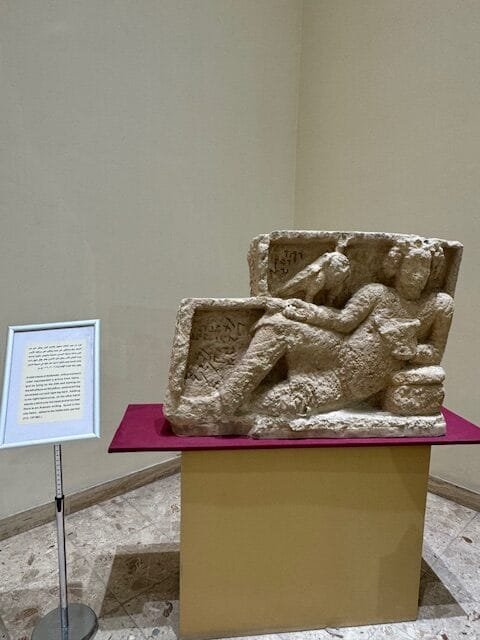
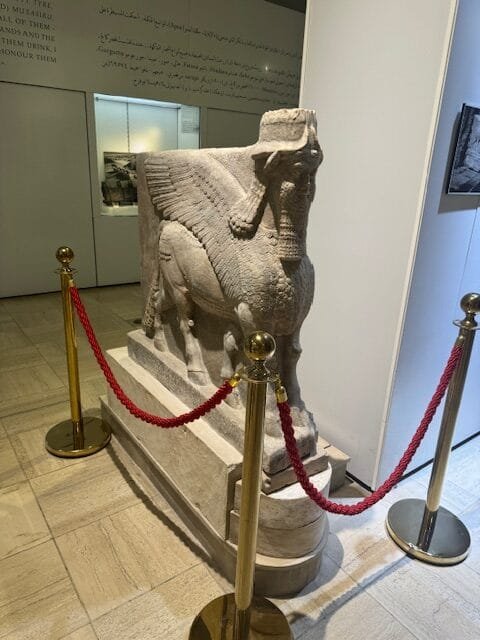

2. Sulaymaniya Museum: A Treasure of Iraqi Kurdistan
The Sulaymaniya Museum, located in the autonomous region of Kurdistan, is an emblem of the rich Kurdish history and culture. Founded in 1961 in a small building, the museum expanded in 1975 to its current location, which has a floor area of 6,000 square meters distributed over two floors.
History and collections
This museum houses more than 80,000 pieces from around 500 archaeological sites from Iraqi Kurdistan. The collection continues to grow as a result of ongoing excavations in the region. The pieces range from the Iron Age to the Islamic period and include working tools, pottery, jewellery and figurines from the ancient peoples who inhabited the area. Some of the most outstanding pieces you can find in this museum are: Sumerian sculptures and Babylonian dating from around 3,000 BC to 500 BC. Warrior figures that come from the Iron Age. A valuable collection of ancient coins reflecting the various dynasties and historical periods of Kurdistan; among the most notable coins are those of the Sassanid Empire and others of the early Islamic time. Tools, domestic utensils, jewellery and weapons from the Bronze Age.
What struck me
The elegance and modernity, i was deeply surprised by the exhibition. The pieces are organised in a coherent way to tell the story of Kurdistan. It is the Iraq's second largest museum and reflects an impressive dedication on the part of the staff to the preservation of Kurdish culture.
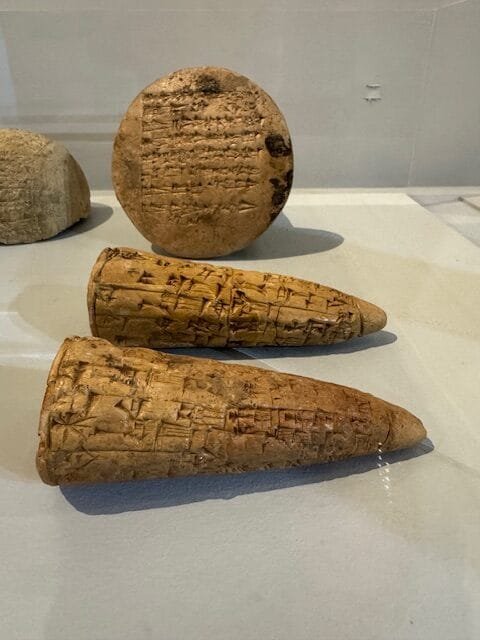
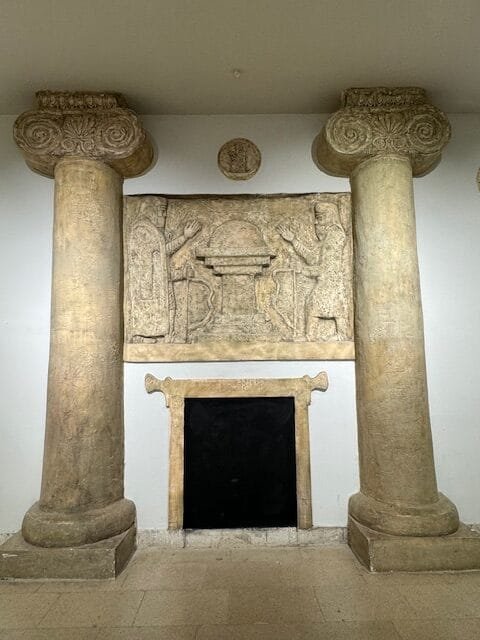
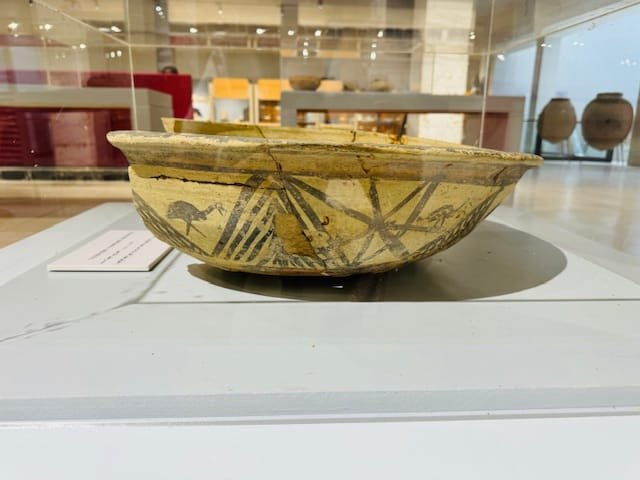
3. Basrah Museum: The History of Southern Iraq
The Basrah Museum, located in southern Iraq, was inaugurated in 2014 in an old Saddam Hussein's palace which became a museum after the fall of the regime. The museum houses a collection of around 440 pcs.It was restored thanks to the support of several local and international organisations, such as the UNESCO and other entities that helped fundraising for its creation and preservation.
History and collections
The museum has an impressive collection of Sumerian, Babylonian, and Islamic-era artefacts, representing the rich history of the southern region of Iraq. The artefacts are arranged in several galleries, allowing visitors to learn about the history of the ancient inhabitants of Basrah and their influence on the region. Highlights of the exhibits on display include: various statues of the former Sumerian civilisation. Figures of Sumerian kings,dating from around 2,500 BC. Cuneiform tablets found in the nearby ancient Mesopotamian cities, some of which date back to 3,000 BC. An impressive collection of ceramics and pottery dating back to the Bronze Age. These pieces are representations of daily life in ancient Mesopotamian cities and were used in both domestic and ritual activities. Reliefs from ancient Babylon and the Assyrian Empire. Coins and Islamic artefacts dating from the medieval period. These pieces illustrate the transition from ancient Mesopotamia to the Islamic era and the impact of the new cultures and religions that arrived in the region. The coins, in particular, are crucial to understanding the economy and trade relations during the Islamic period.
What struck me
I found the story behind the museum, and how it has been made possible by international support, deeply inspiring. Despite the challenges, the museum remains an important cultural centre for southern Iraq.
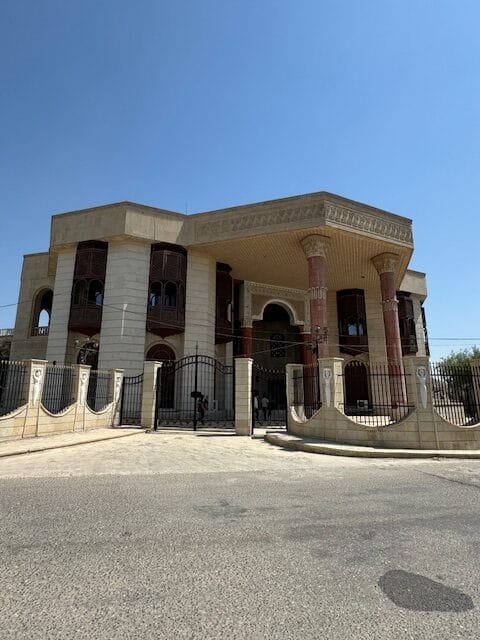
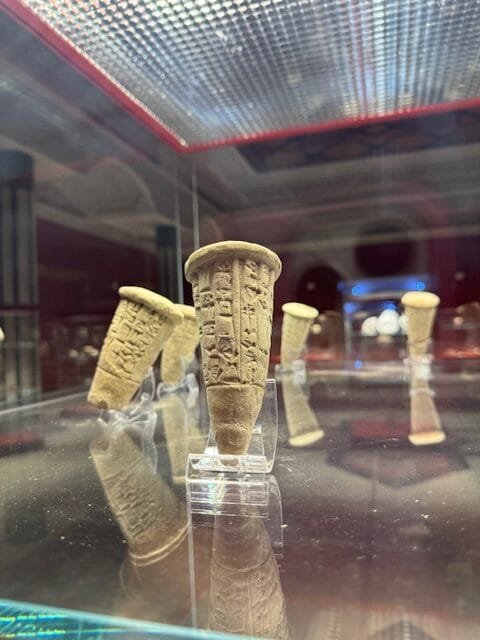
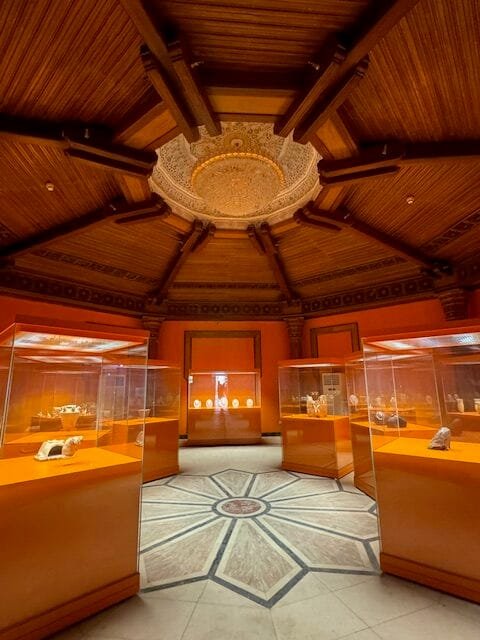
4. Baghdadi Museum: A Portrait of Everyday Life in Baghdad
The Baghdadi Museum, founded in 1970 and housed in an 1869 building, is a unique place to learn about the daily life of the Baghdadis of yesteryear. The museum is dedicated to showing everyday scenes, allowing visitors to see realistically how the city's inhabitants lived.
History and collections
The Baghdadi Museum exhibits 70 scenes depicting everyday life, such as craftsmen at work, local customs, traditional weddings, and street life. Each of these depictions is made in full size. This gives a sense of immersion in the life of the city during different periods.
What struck me
The life-size representation of daily scenes is what impressed me the most. Visiting this museum, you can really feel that one is observing daily life in Baghdad as it was in the past. The attention to detail is impressive and provides a visually rich experience.
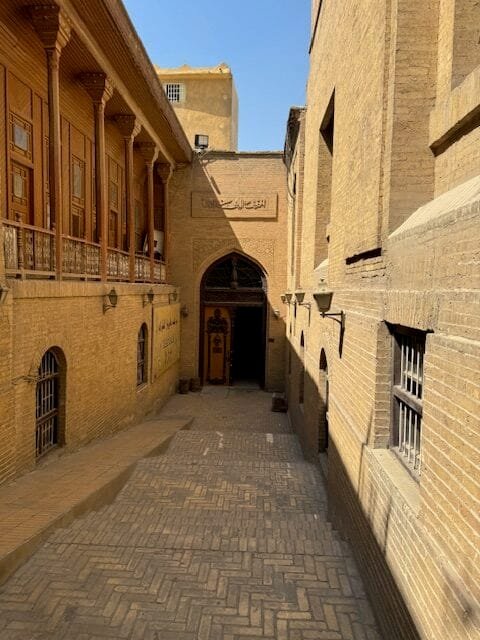
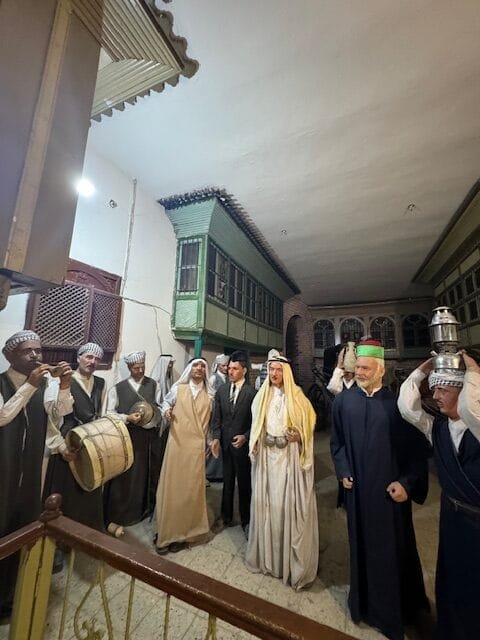
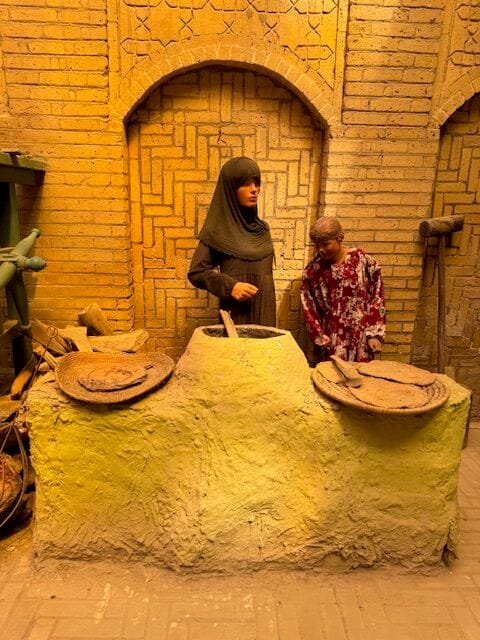
Conclusion:
The National Museum of Iraq: A World Treasure
The National Museum of Iraq is undoubtedly the most important museum in the country and one of the most significant in the world. Its collection, which includes more than 7,000 years of history, making it a must-see for any history lover. All museums in Iraq have explanatory plaques in English, this makes it easy for international tourists to visit.
What really distinguishes these museums is the passion of the staff. Many of them have experienced the looting first-hand and witness the efforts to recover lost artefacts. The staff not only share information about the artefacts, but also narrate how Iraq has overcome the challenges imposed by looting and destruction.
On my tours, I always try to devote sufficient time to allow visitors to fully immerse themselves in each museum, so that each experience remains in memory in a lasting way. Iraq's history is not only contained in its artefacts, but also in the resilience of its people and how, despite hardships, they continue to fight to preserve their cultural heritage. For me, this is an invaluable lesson in hope and perseverance.
Would you like us to help you organise your trip to Iraq?
Take a look at our travel offer to Iraq and contact us to start preparing your trip.
Want to know the 10 breathtaking places you should not miss on your trip to Iraq?
Take a look at our post on 10 places not to miss on your trip to Iraq.
